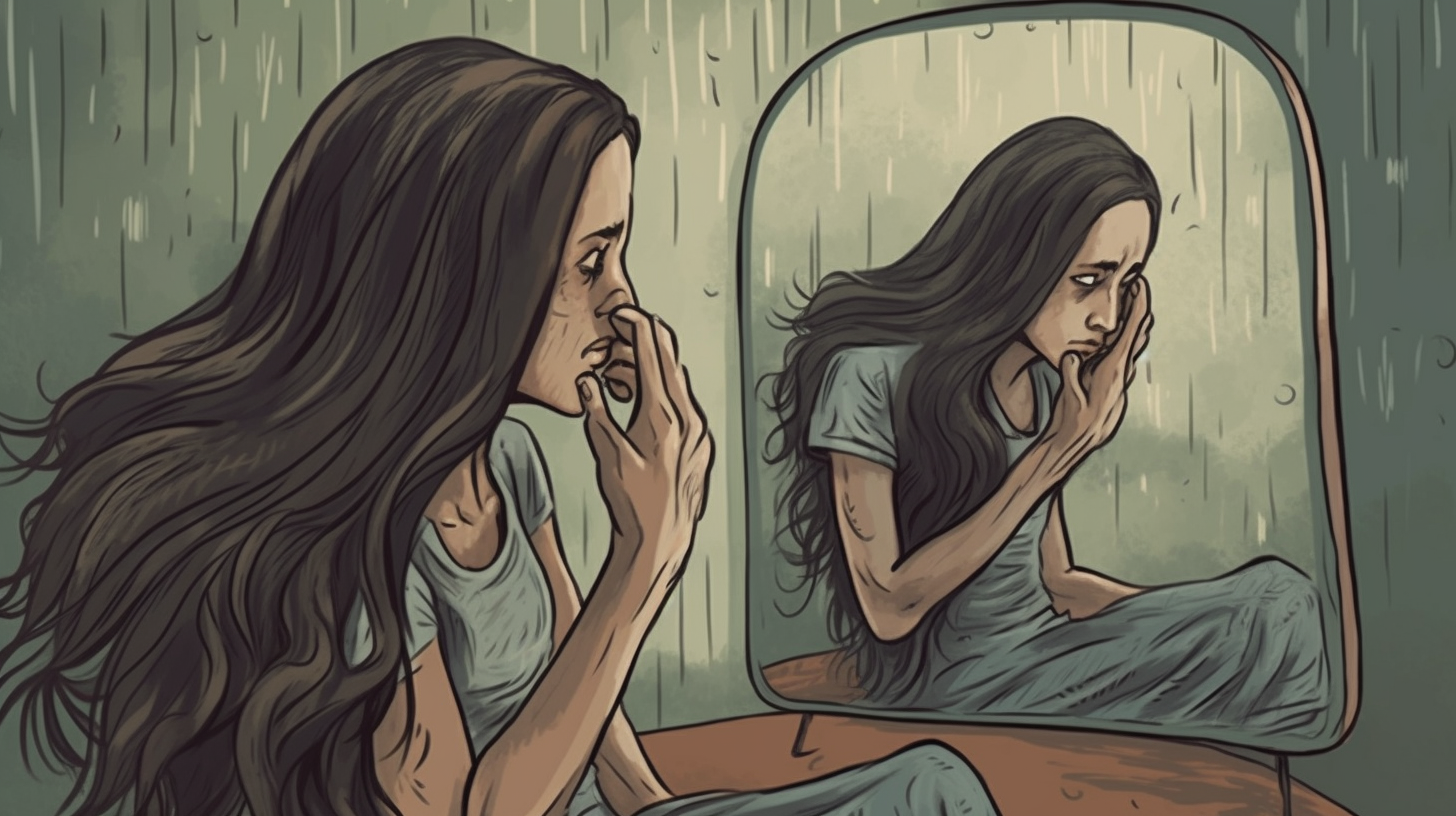Is Straightening Your Hair Damaging? Get The Facts Here!
Straightening your hair is a popular styling choice for many women, but have you ever wondered if it’s damaging your hair? The answer is yes, straightening can cause damage to your hair. However, that doesn’t mean you have to give up the style you love. In this blog post, we’ll explore the facts about straightening and hair damage and provide practical tips to help you protect your hair while still achieving the look you want.
The Science Behind Hair Damage
Before we dive into the potential risks of straightening, let’s first understand why it can cause damage to our hair. Our hair is made up of a protein called keratin. This protein gives our hair its strength and structure. When we apply heat to our hair, such as with a straightener or curling iron, it breaks down the hydrogen bonds in the keratin protein. This allows us to manipulate our hair into different styles.
However, exposing our hair to high temperatures regularly can cause long-term damage. When the hydrogen bonds break down repeatedly, they can lead to weaker and more brittle strands of hair. Over time, this can lead to split ends, breakage, and even hair loss.
The Risks of Straightening Hair
Now that we understand how heat can damage our hair let’s take a closer look at some of the specific risks associated with straightening.
Heat Damage
The most obvious risk associated with straightening is heat damage. Exposing your hair to high temperatures regularly can cause dryness and brittleness. It can also lead to split ends and breakage.
Hair Breakage
As mentioned earlier, excessive heat exposure can cause weakened strands of hair which are more prone to breakage. This is especially true if you’re using a straightener on already damaged hair or if you’re not using the proper heat protection products.
Hair Loss
In some cases, excessive heat exposure can cause hair loss. This is because the hair follicles can become damaged and stop producing new hair. While this is rare, it’s still a risk to be aware of.
Tips for Protecting Your Hair
Now that we’ve discussed the potential risks associated with straightening let’s explore some practical tips for protecting your hair while still achieving the style you want.
Use Heat Protection Products
One of the most important things you can do to protect your hair from heat damage is to use heat protection products. These products work by creating a barrier between your hair and the heat source, reducing the amount of damage that occurs. Look for products that contain ingredients like silicone, which can help to smooth and protect your strands.
Lower the Temperature
You don’t need to use the highest temperature setting on your straightener to achieve a sleek look. In fact, using lower temperatures can reduce the amount of damage that occurs. Try starting at a lower temperature and gradually increasing it until you find the right level for your hair type.
Avoid Over-Straightening
Straightening your hair every day is not necessary and can lead to long-term damage. Instead, try limiting your use of straighteners to once or twice a week. On days when you’re not straightening, opt for hairstyles that don’t require heat styling.
Invest in Quality Tools
Cheap straighteners may seem like a good deal, but they can actually cause more harm than good. Cheap tools often have hot spots that can cause uneven heating and lead to damage. Invest in a high-quality straightener that will provide even heat and last for years.
The Benefits of Proper Hair Care
While it’s true that straightening can cause damage, it’s important to remember that proper hair care can help to mitigate these risks. By using heat protection products, avoiding excessive heat exposure, and investing in quality tools, you can protect your hair while still achieving the look you want.
Furthermore, taking care of your hair can have other benefits as well. Healthy hair is more manageable and easier to style. It can also boost your confidence and help you feel more put-together.
Conclusion
Straightening your hair can be a fun way to switch up your look, but it’s important to understand the potential risks associated with this styling choice. By using heat protection products, avoiding over-straightening, and investing in quality tools, you can protect your hair while still achieving the style you want. Remember, healthy hair is beautiful hair!



